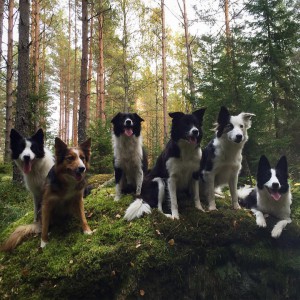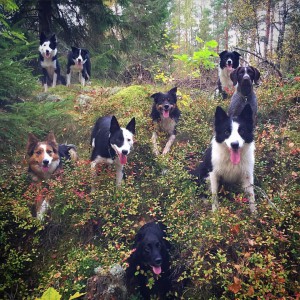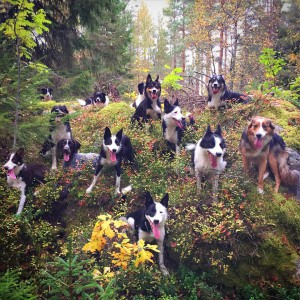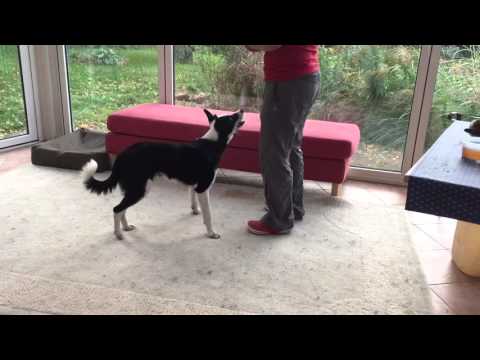
This fall’s hunting and field trials
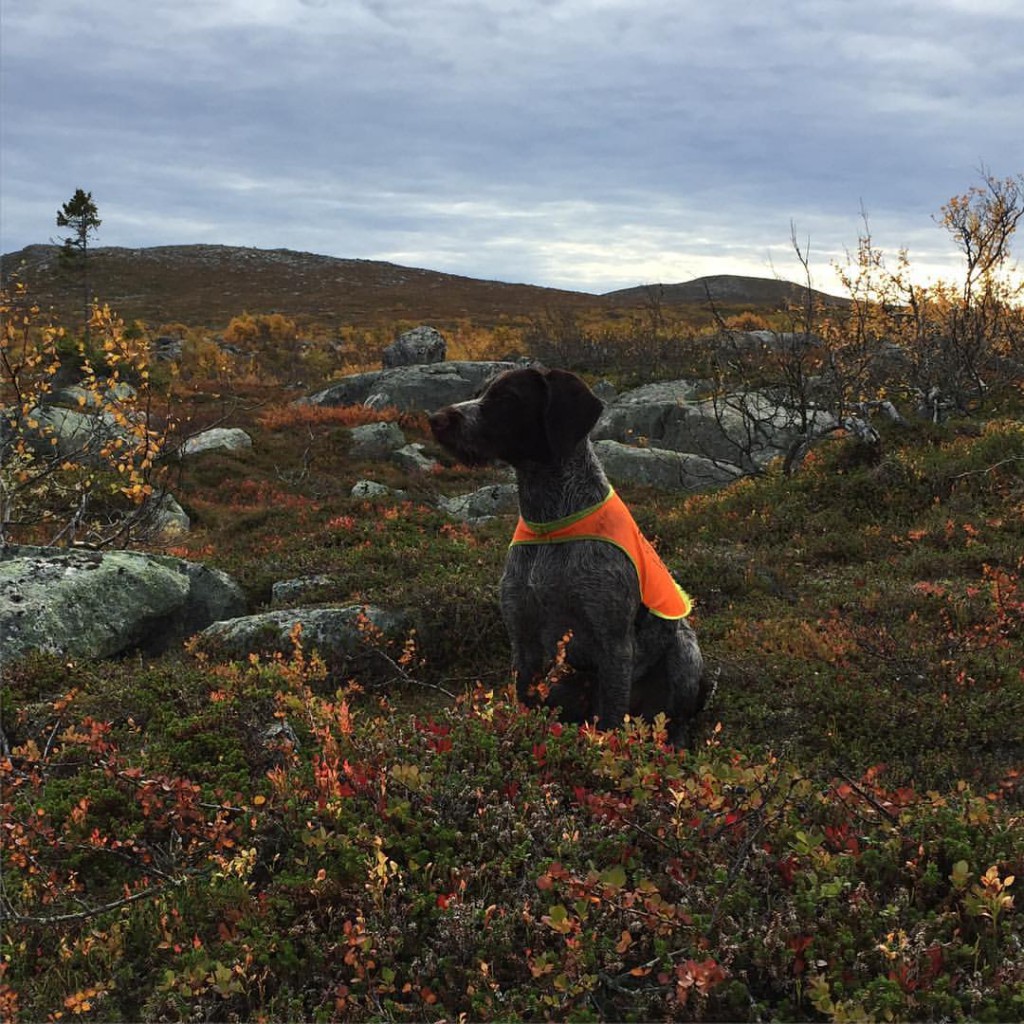
This fall has been very exciting. I brought my German wirehaired puppy, Alot, grouse hunting in the Swedish and Norwegian mountains for the first time.
I started training the foundations like sit stay, stop signal, recalls and delivery to hand already when she was a baby. All training is based on fun games that develop a great relationship.
I prefer to keep a balance between the level of obedience and the hunting drive that usually kicks in at six months and keeps developing until she turns two or three years.
She was only six months old the first time I took her to the mountains. She found the birds, but didn’t point yet. I shot a few birds that she was allowed to retrieve just to give her the experience. She picked them up and returned straight to me to deliver to hand.
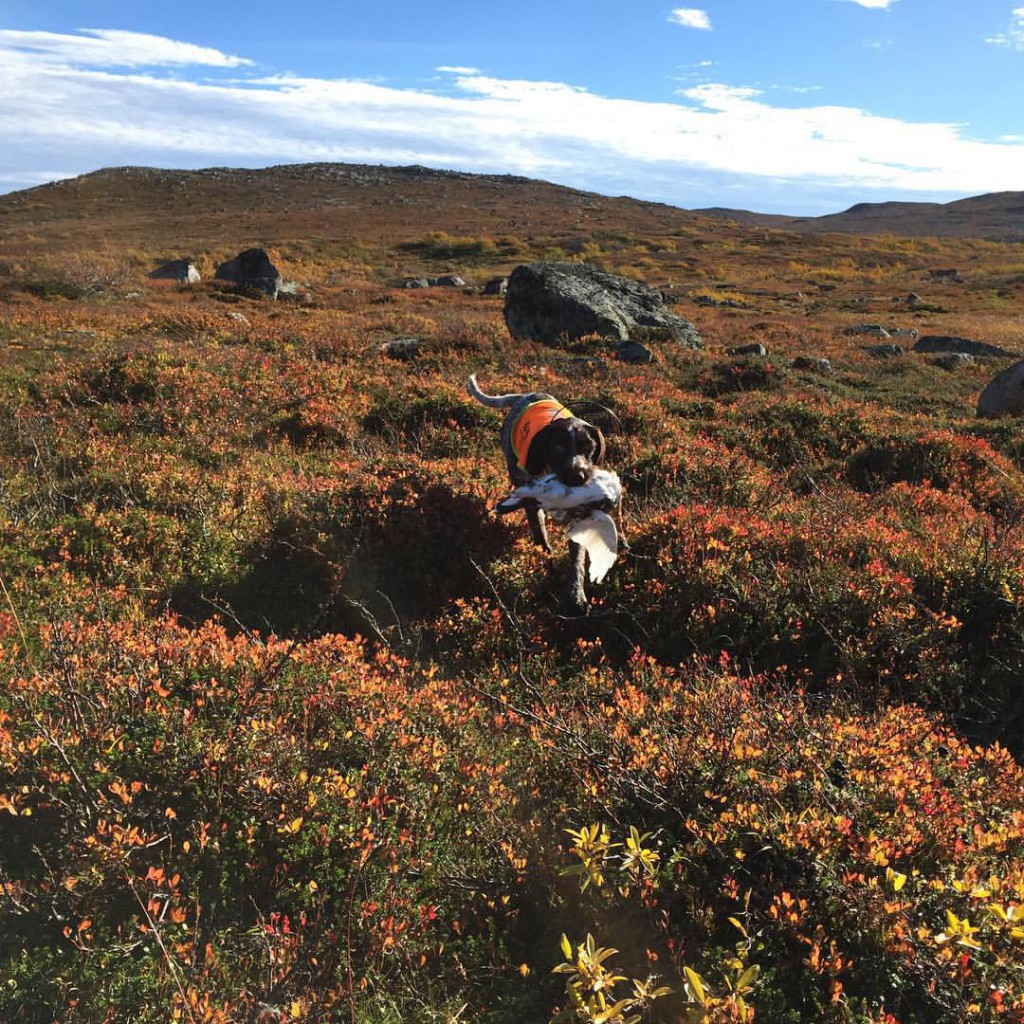
One new thing I taught Alot which I haven’t done with my other GWPs and setter, is to teach her steadiness to the gunshot. The procedure is exactly the same as for adding any other cue.
1) Check that the dog offers the behavior fluently without any cue.
2) Add the cue right before the dog offers it.
3) Change small things all the time to avoid any patterns. Make the cue salient. Generalize it.
4) Test the cue with gradually more distractions and increase the distance.
The first sessions I used a loud hand clap instead of a gunshot to make sure not to scare the little pup. This video shows the first steps.
I could progress really fast because I already had built a lot of value for the sit behavior and because such the gunshot is a salient signal that is different from all other cues.
In September I took her to the mountains again, and let her hunt with an experienced dog. Now she was seven months old. Before leaving I introduced her to partridges. She could point, flush and be steady to the verbal cue (see short video below). But she didn’t had the experience to handle grouse in the mountains and didn’t point yet. But she was perfectly steady to the gunshot every single time.
I recommend to get the foundations done and then take the young dog hunting to gain experience. Then nothing really goes wrong because I know that I can control the dog if she tries to run in.
In October she was eight months old and we spent a week in the mountains. Now she covered more and more ground, on average 100 meters to each side and sometimes up to 150 meters. She even handled the grouse perfectly and we both had such a great time.
There are some great contrasts in the hunting sequence. The dog should hold her point and only flush the birds on cue. She should be steady to the wing and shot and wait for the cue to retrieve. When hunting with a youngster, I don’t ask for all at once. I know she will flush willingly if I ask her (like in the partridge video), so I don’t ask her to flush. I just walk up to her, flush the birds myself. This way the situations become nice and calm and I get the opportunity to praise her for making good choices. I even fetch most of the birds myself and let her hold or sniff them as I return to her to reinforce the sit stay. But she did a great retrieve on a runner. Super experience!
Kat, my 3 year old working cocker has been hunting too. She did great in two field trials and placed third and forth. In both trials she got a first prize with “CK” (certificate quality), which means that she is more than half way to the title Swedish field trial champion.
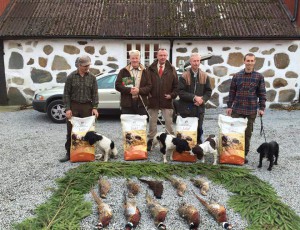
January 4th I do another round of our popular online class “Relationship building”. This class is based on my experience training gundogs, but is open for all breeds. You can join with a puppy, a young or adult dog of any breed. A great relationship is the foundation that makes both everyday life and (training for) trials fun and easy.
Read more and sign up here.


